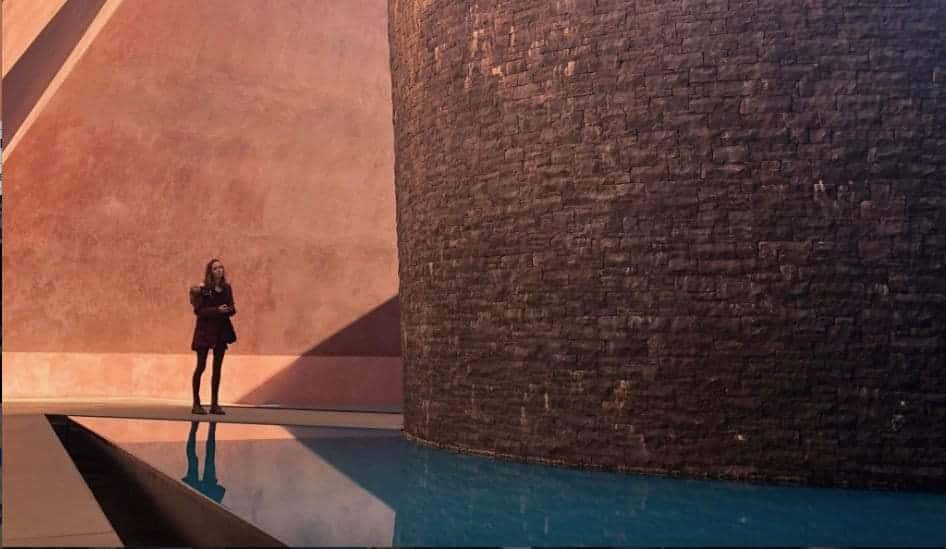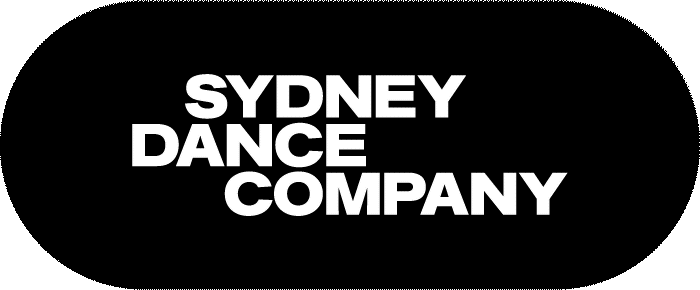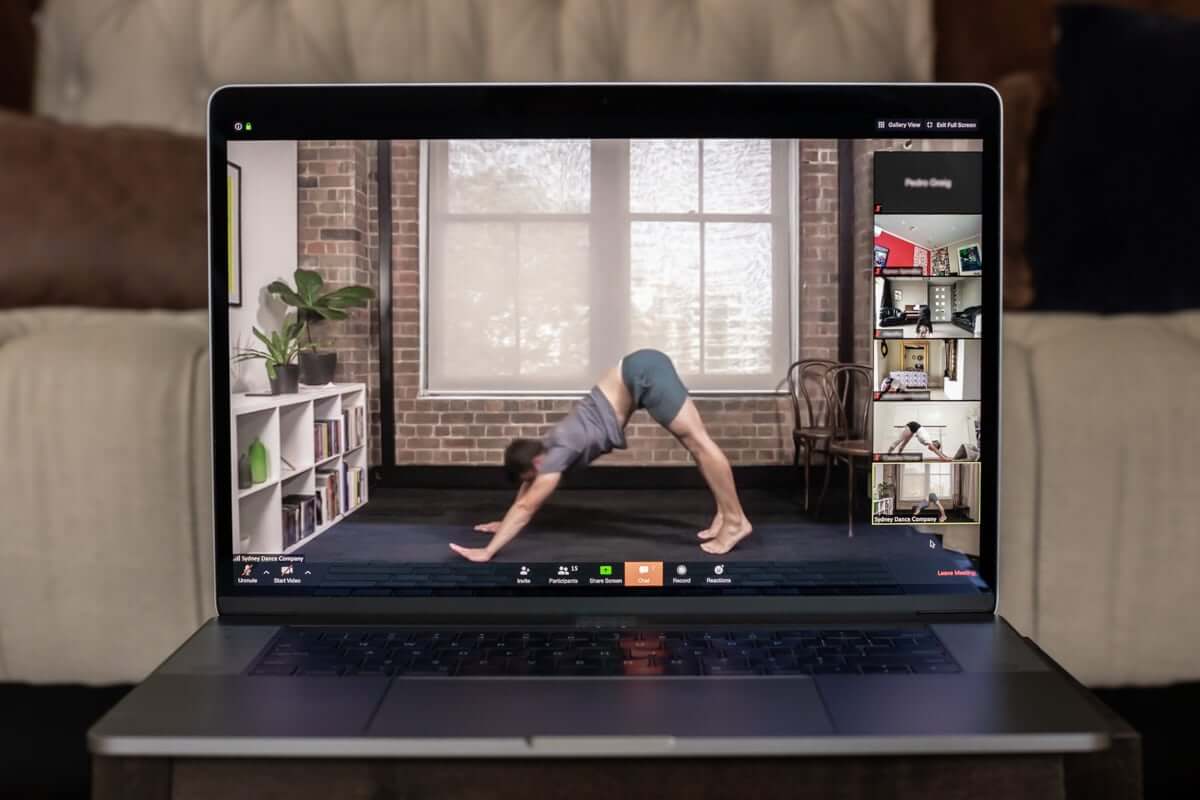Short Course Attendee Spotlight: Simone Richardson


published
Photographer
“Doing some low intensity movements before starting your dance class will help reduce the risk of strain and provide an opportunity to remind yourself the basics of good alignment and movement.”
This week we spoke with Greg Holdaway, the Training Director of BodyMinded, an Alexander Technique practitioner and ex ballet dancer. He shared with us his expert tips on how to warmup safely and stay mindful during classes.
Avoid holding yourself stiff in position; your whole-body is moving in all actions, even just standing. Grace, poise, alignment and balance are dependent on remaining moveable. The ‘small dance’ of balance and alignment is always there.
Do some gentle forward bends, relaxing ‘with gravity’ forwards. Movement occurs easily with the head over spine, torso curving forward, body bending over hip-joints, knees releasing forward, ankles moveable so the whole-body hangs over the middle of the feet from the ankles. Even when standing correctly we are made to move easily in this forward direction. ‘Holding back’ or ‘pulling up’ with tension will make it harder to balance and move with ease.

Unlimited dance at home for $28 a week with a Virtual Studio Membership. Single and FlexiPacks are also available.
As you come back up to standing, locate your head above your spine; this will help with upward organised poise. Think of the support from the ground under your feet coming up through your body. Together these processes will promote dynamic alignment and poise.
4. Practise consciously moving at your joints
To cooperate with body-design, locate where movement occurs in each of your major joints, and explore the direction and range of each as part of your warm-up. For example:
Locating and warming-up the joints where the legs join your body (hip-joints)
Place your hands on the sides of your legs, raise and lower your knees, then bend forward from the hip-joint. Now practise turn-out by rotating your whole leg (not just your feet) from the hip-joints. It can be useful to do these actions while sitting or lying on the floor.
Locating and moving the lower leg from the knee joint
The knee joints are located lower down than the knee-caps. Run your fingers over the front of your knee-cap (patella), to find the soft spot below. Behind the soft spot is the knee joint! Imagine the knee joint bending and unbending as you walk, practise relevés etc.
Locating and moving the whole-arm including shoulder girdle
Trace your fingers along your collarbones towards your breast-bone. There is a bump where they join. Feel how that bump moves as you lift and lower your arm. Notice your shoulder blade moving while doing the same action. When you raise and lower your arms in a port-de-bra the shoulder girdle moves because it is part of your arm.
5. Track the ‘leading edge’ of your movements and think ‘out into space’
Movements occur most easily when they are oriented out into space. To help with this you can think of what is leading the action. For example, the fingers lead the arm in port-de-bra and the foot leads the leg in battement tendu. Notice how the knees become the leading edge of the legs during the plie. This helps keep your knees moving over your toes.
Unlimited dance at home for $28 a week with a Virtual Studio Membership. Single and FlexiPacks are also available.
To cooperate with body-design, locate where movement occurs in each of your major joints, and explore the direction and range of each as part of your warm-up. For example:
Locating and warming-up the joints where the legs join your body (hip-joints)
Place your hands on the sides of your legs, raise and lower your knees, then bend forward from the hip-joint. Now practise turn-out by rotating your whole leg (not just your feet) from the hip-joints. It can be useful to do these actions while sitting or lying on the floor.
Locating and moving the lower leg from the knee joint
The knee joints are located lower down than the knee-caps. Run your fingers over the front of your knee-cap (patella), to find the soft spot below. Behind the soft spot is the knee joint! Imagine the knee joint bending and unbending as you walk, practise relevés etc.
Locating and moving the whole-arm including shoulder girdle
Trace your fingers along your collarbones towards your breast-bone. There is a bump where they join. Feel how that bump moves as you lift and lower your arm. Notice your shoulder blade moving while doing the same action. When you raise and lower your arms in a port-de-bra the shoulder girdle moves because it is part of your arm.
Movements occur most easily when they are oriented out into space. To help with this you can think of what is leading the action. For example, the fingers lead the arm in port-de-bra and the foot leads the leg in battement tendu. Notice how the knees become the leading edge of the legs during the plie. This helps keep your knees moving over your toes.